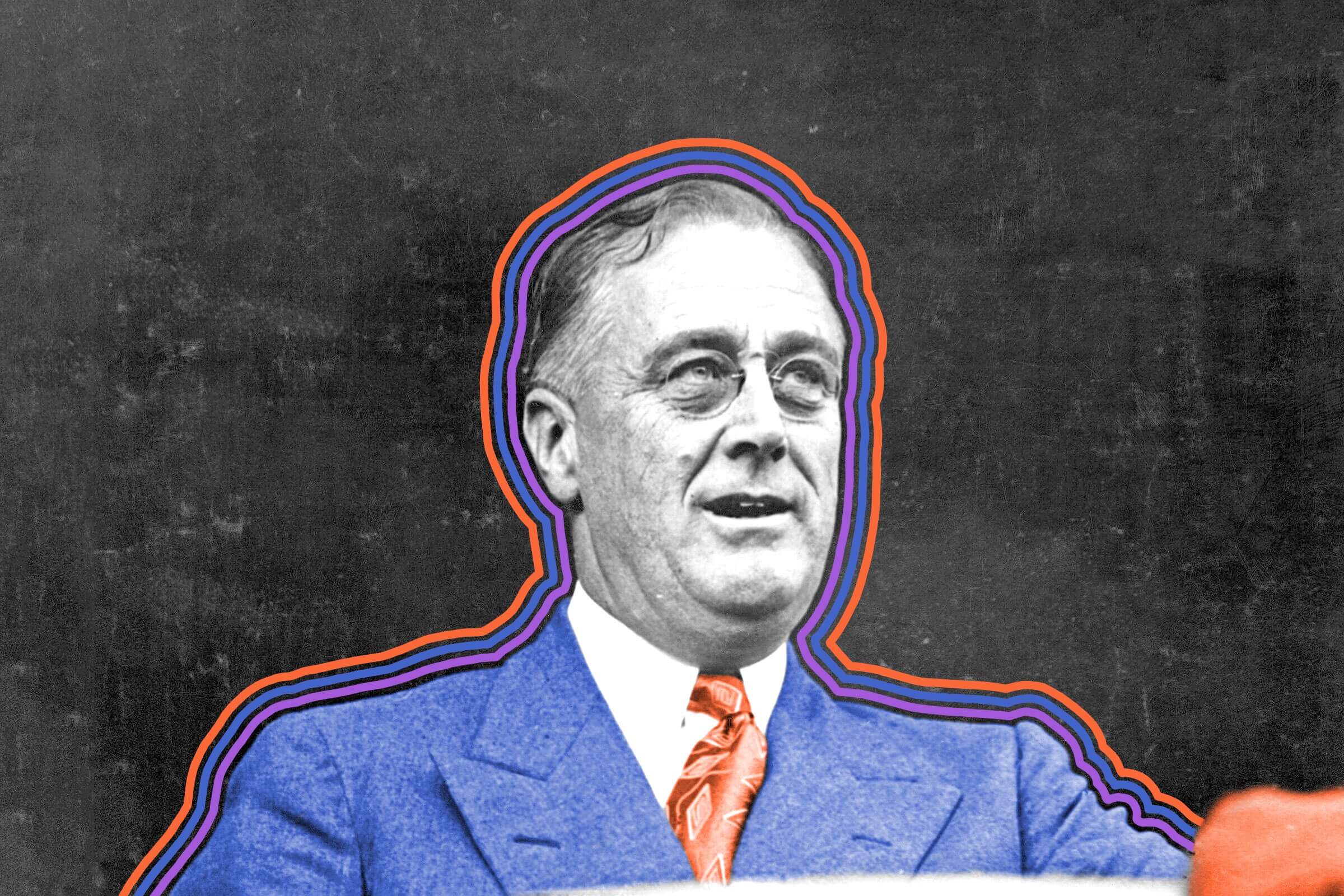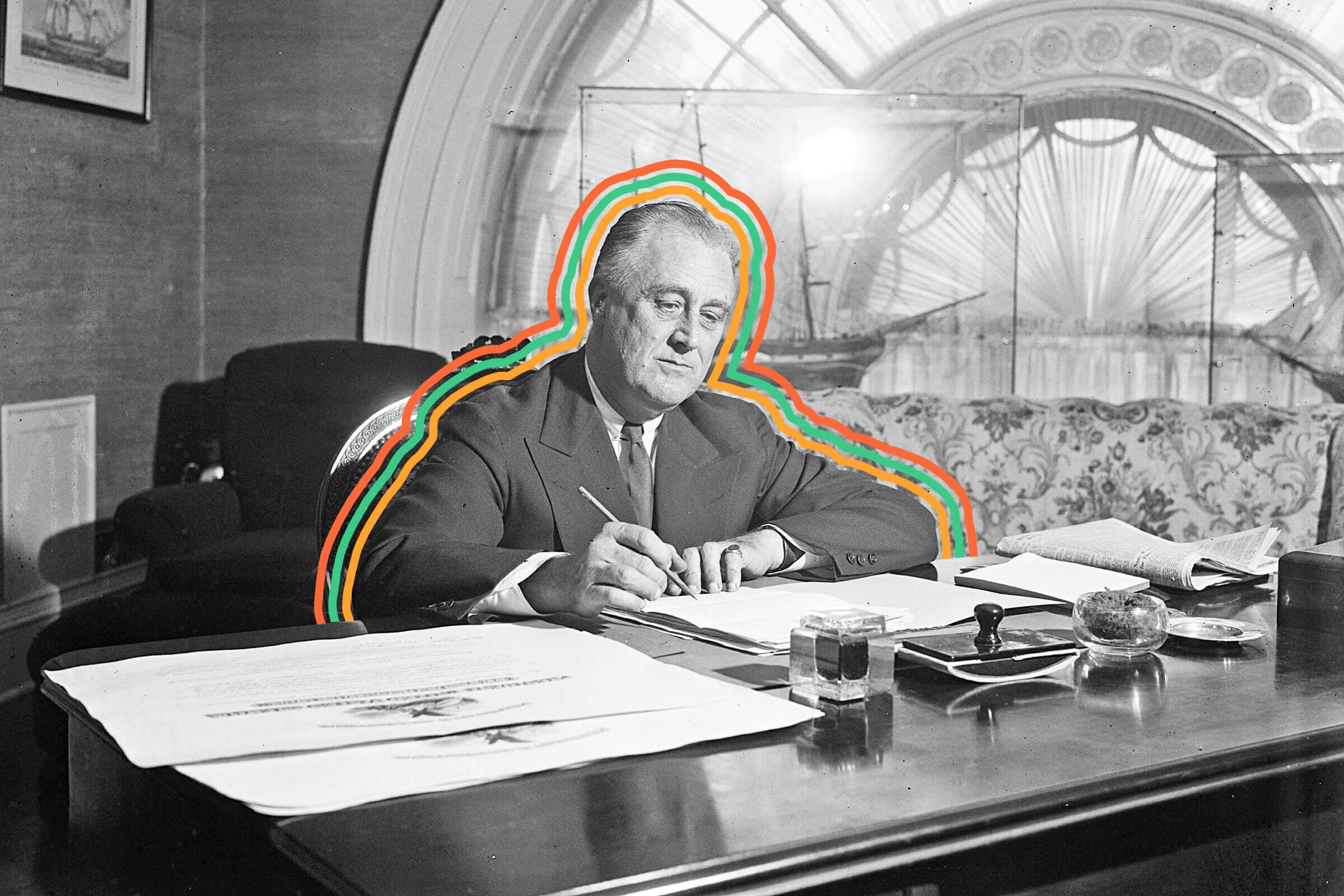| In October 1910, Theodore Roosevelt soared into the sky, a passenger on a two-person airplane flown above St. Louis' Kinloch Field. With just three minutes of flight time, Roosevelt became the first U.S. president to fly — what he called the "bulliest experience" he'd ever had — though historians point out that he wasn't the first sitting president to do so, considering that he had recently left office. Instead, that honor went to his cousin Franklin D. Roosevelt, who became the first president to fly on official business some three decades later. FDR's history-making flight in January 1943 was made out of wartime necessity. That month, he attended the famed Casablanca Conference, crossing the Atlantic Ocean to meet with Winston Churchill in Casablanca, Morocco, where the two leaders agreed to demand an unconditional surrender from World War II's Axis powers. But getting to northern Africa was no easy feat at a time when the heavy presence of German U-boats throughout Atlantic waters created perilous travel for American ships. Reluctantly, Roosevelt's advisers agreed to send the president by plane, keeping the journey so secretive that even the flight crew was surprised to see the president when he boarded. The Roosevelts weren't unfamiliar with flying; Franklin had flown before taking office, and First Lady Eleanor had traveled that way many times. But planes hadn't been considered safe enough to transport presidents until Roosevelt's 17,000-mile round trip to Morocco aboard the Dixie Clipper (which translated to 50 hours in the air) proved otherwise. While Roosevelt's first flight as president didn't have all the comforts of modern Air Force One flights, he still traveled with adequate accommodations, notably slicing into a cake for his 61st birthday in the skies above Haiti. | 






No comments:
Post a Comment